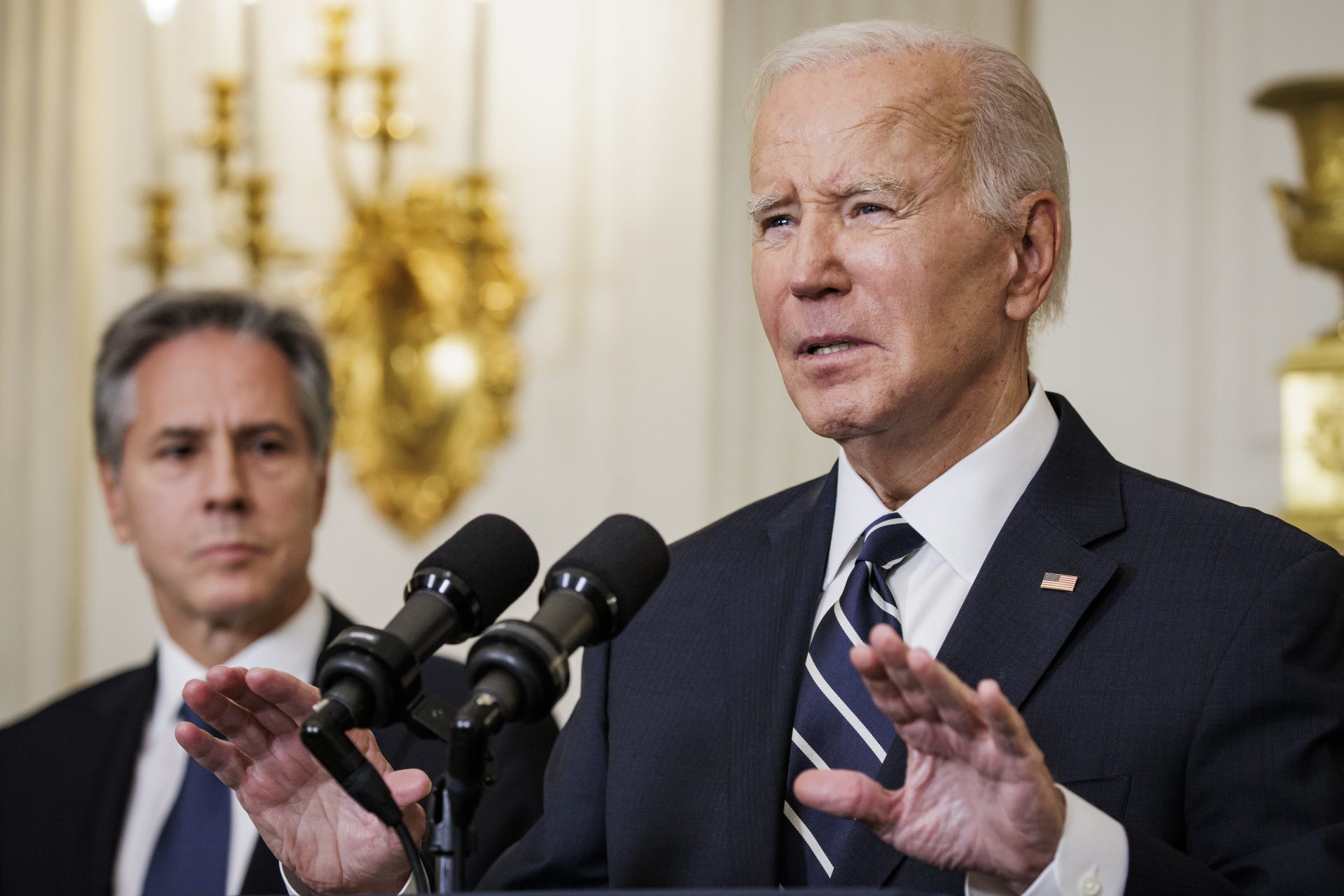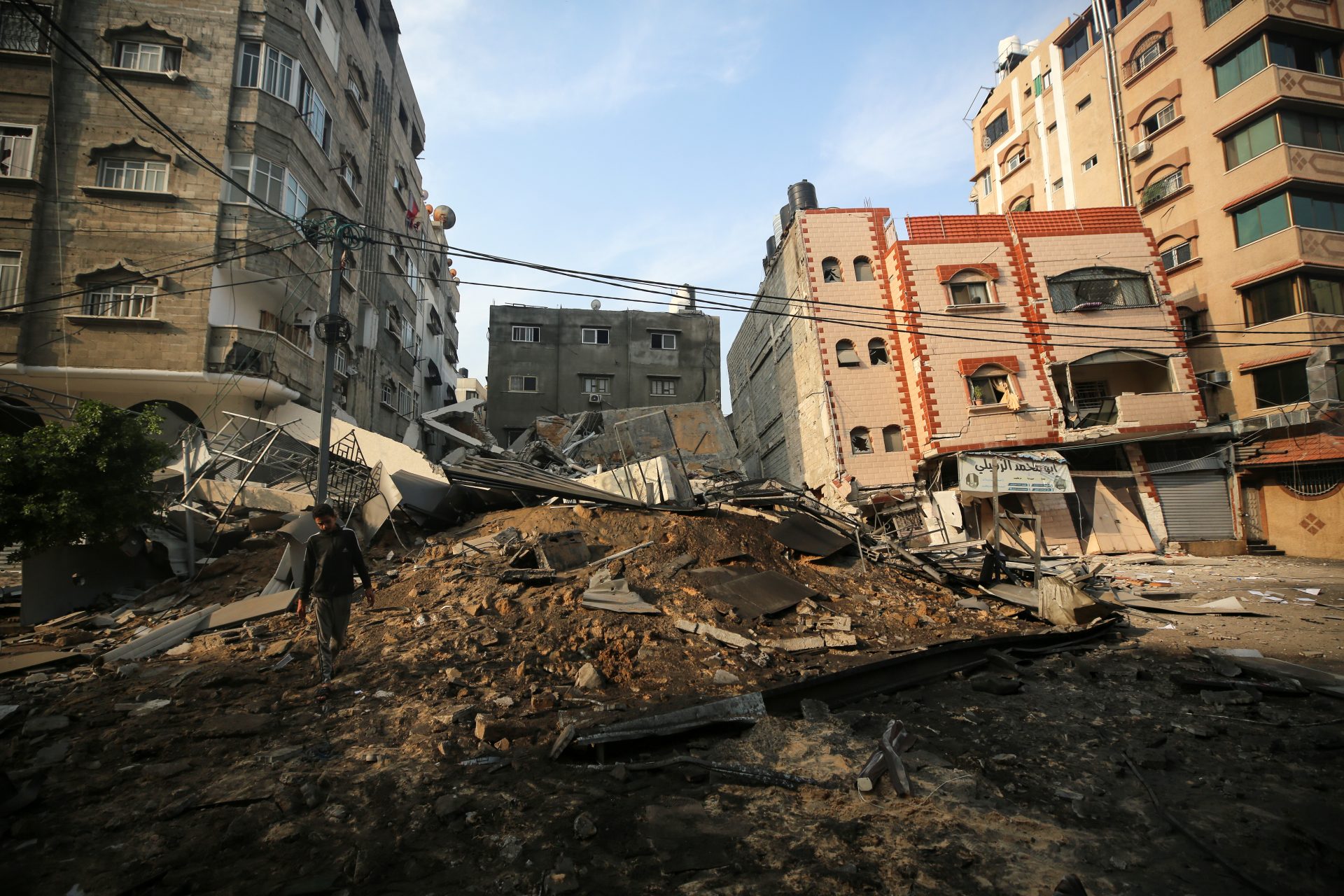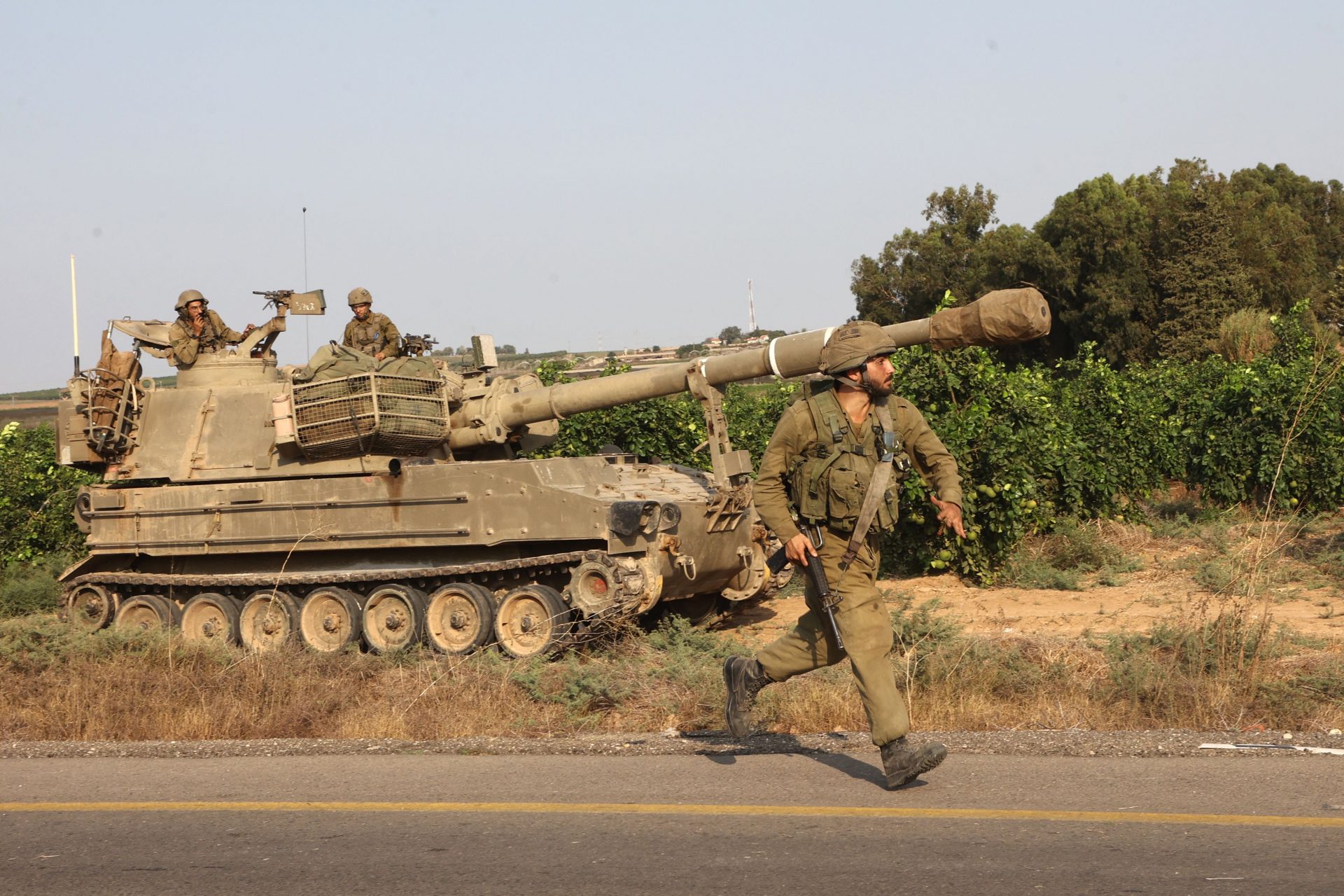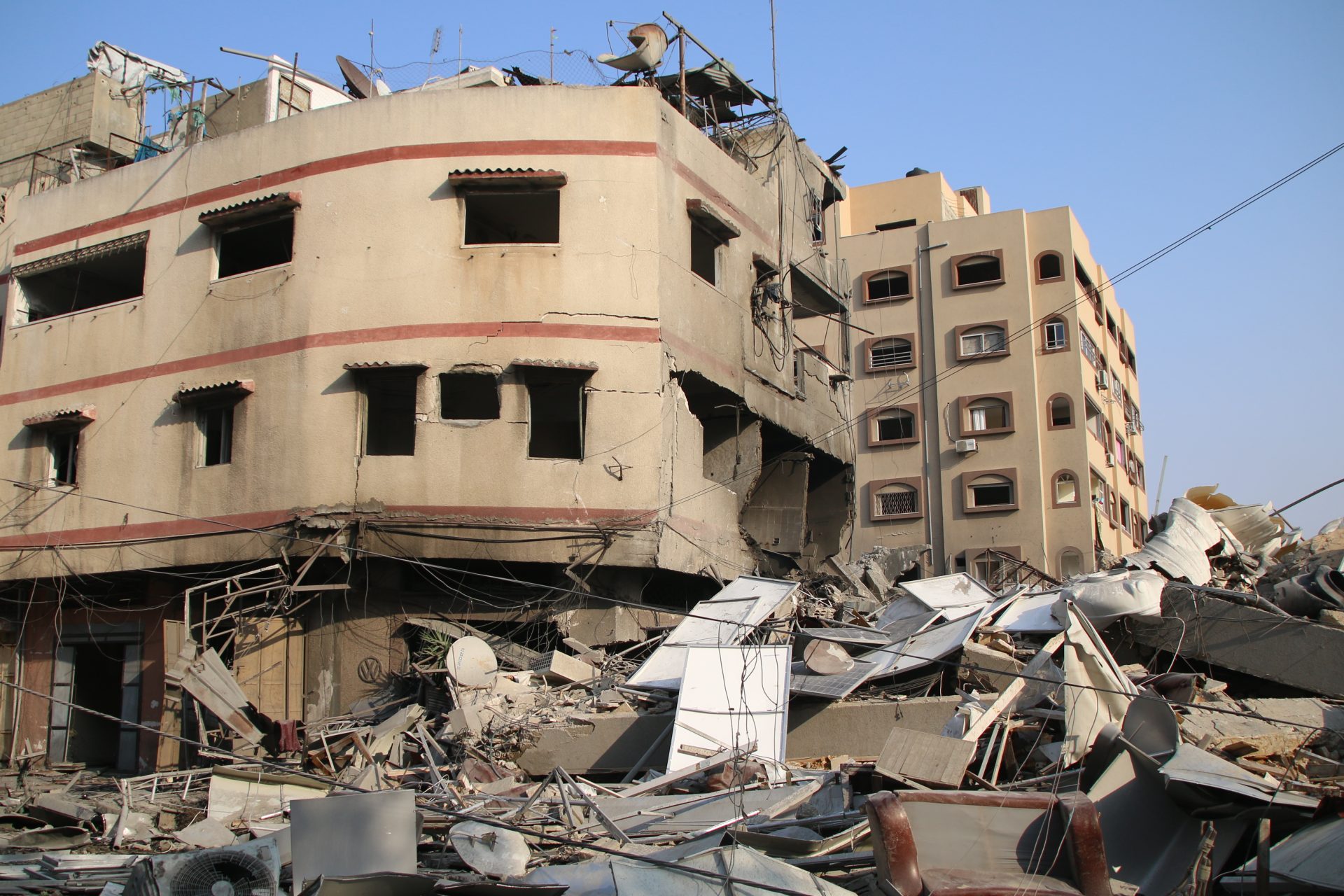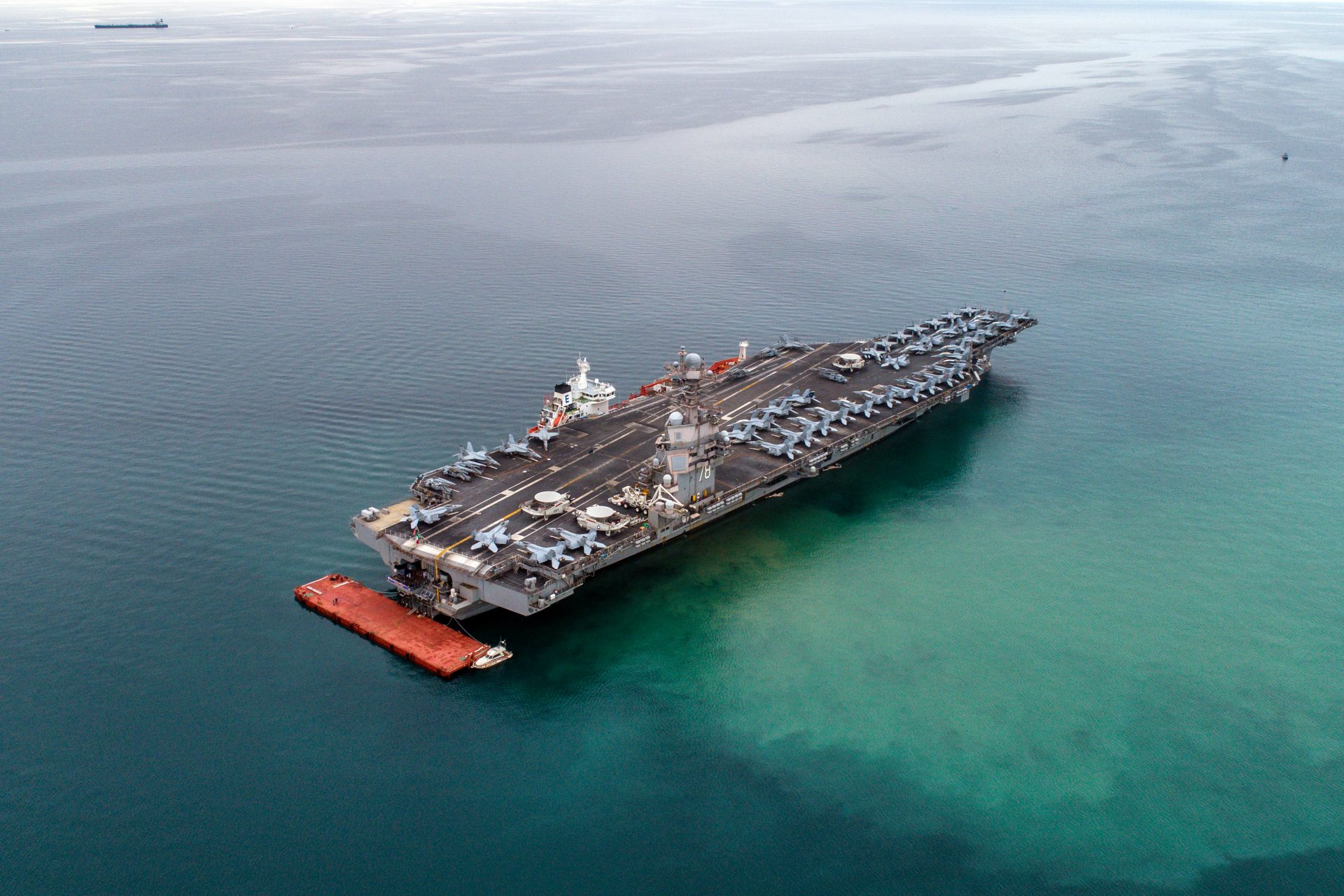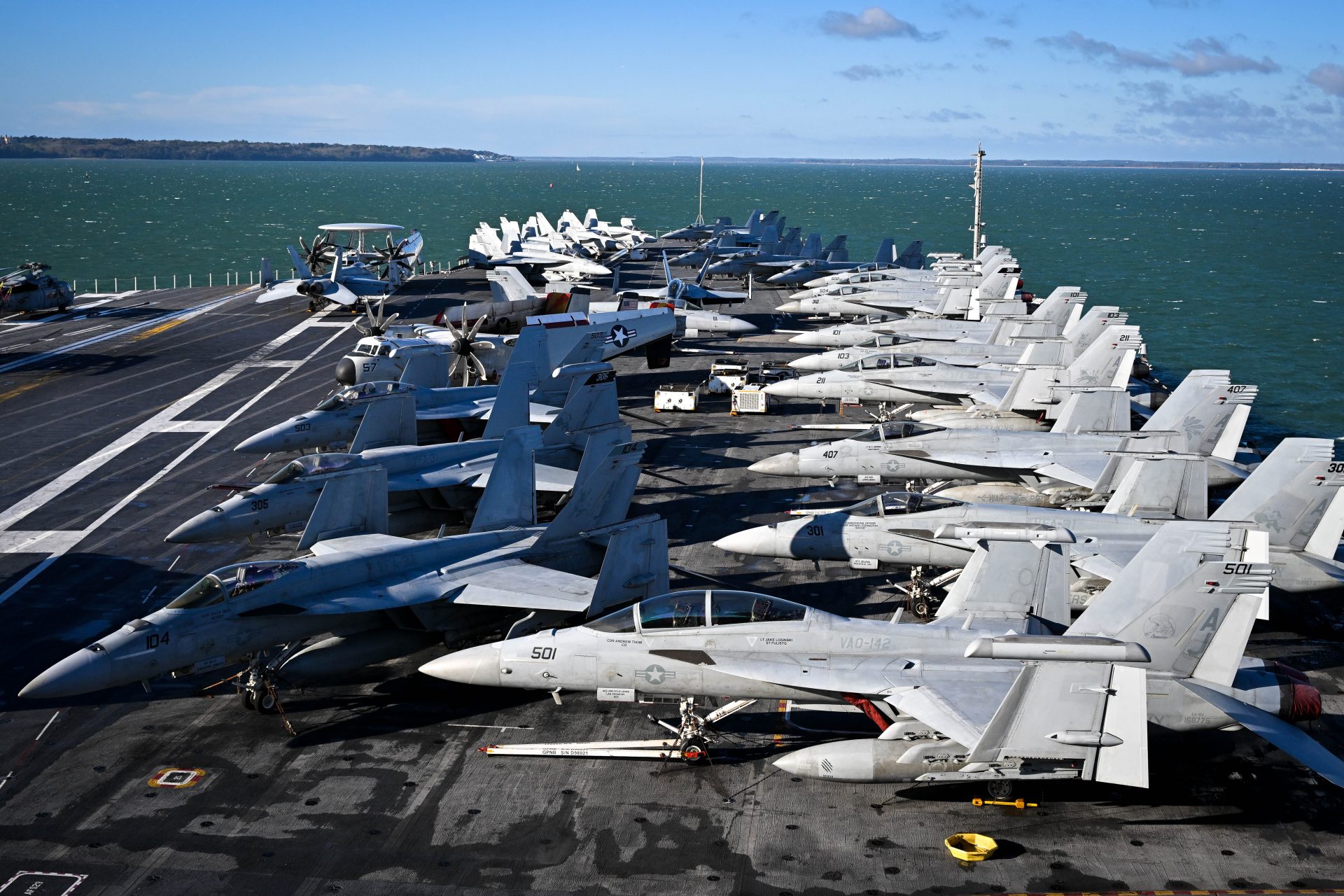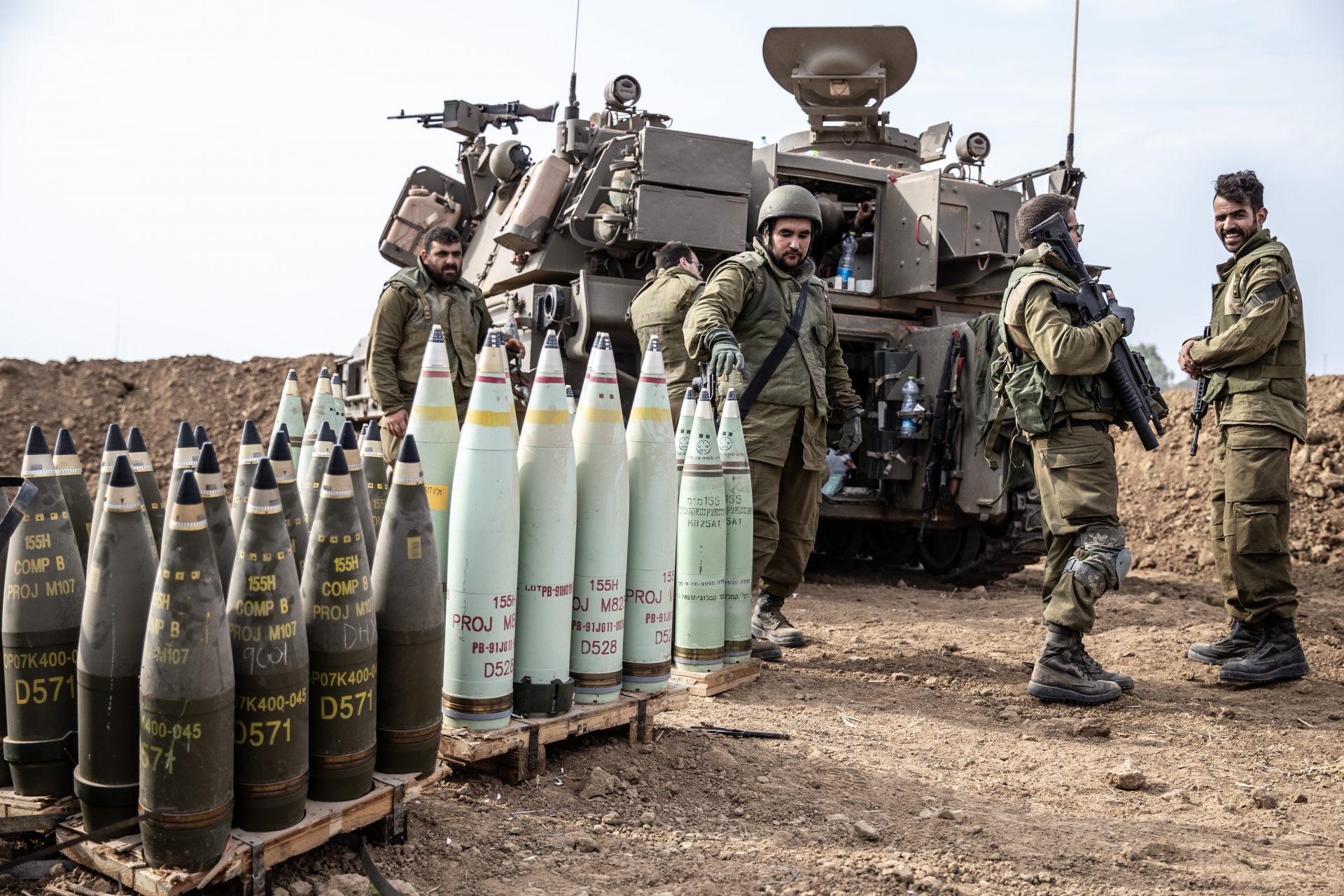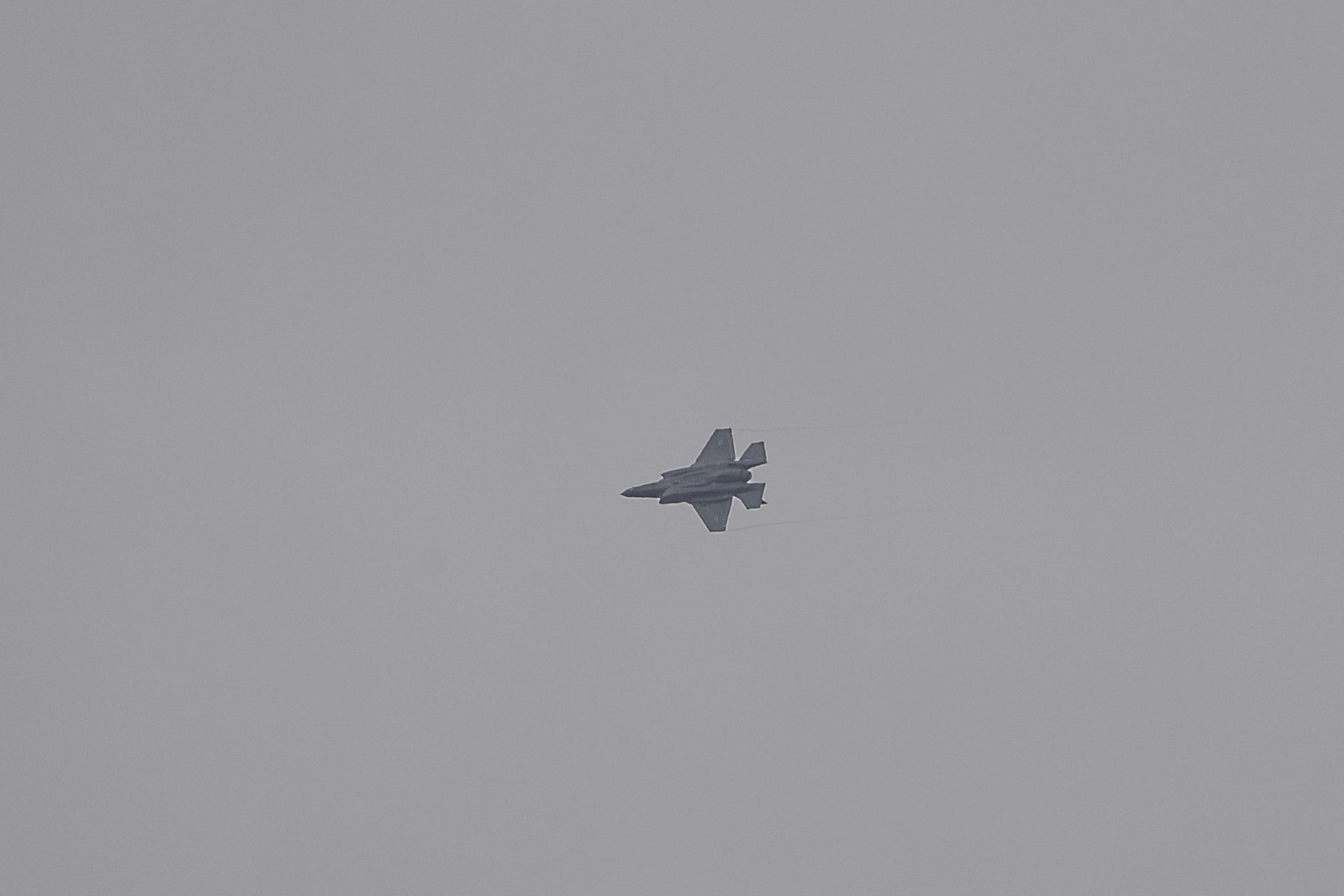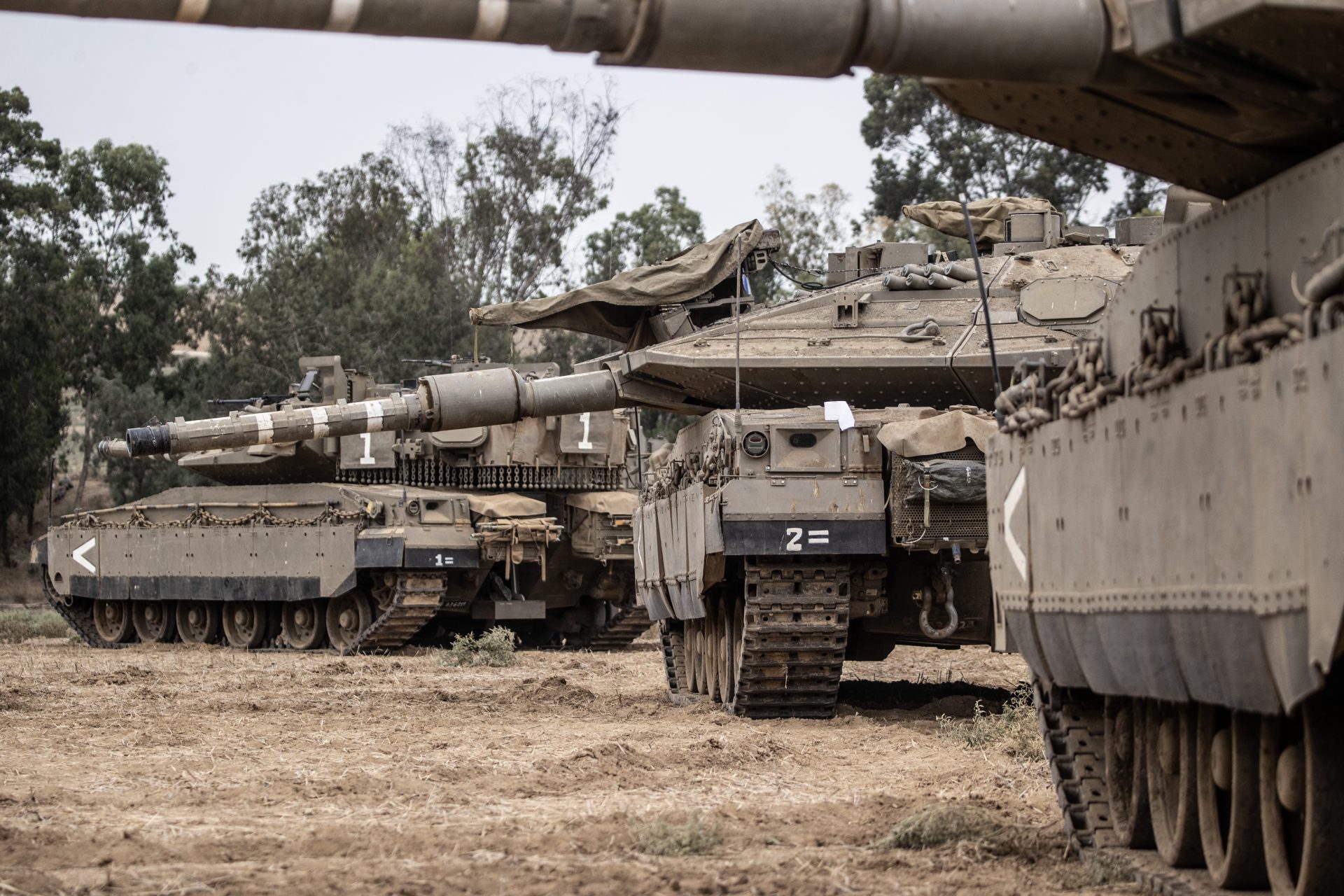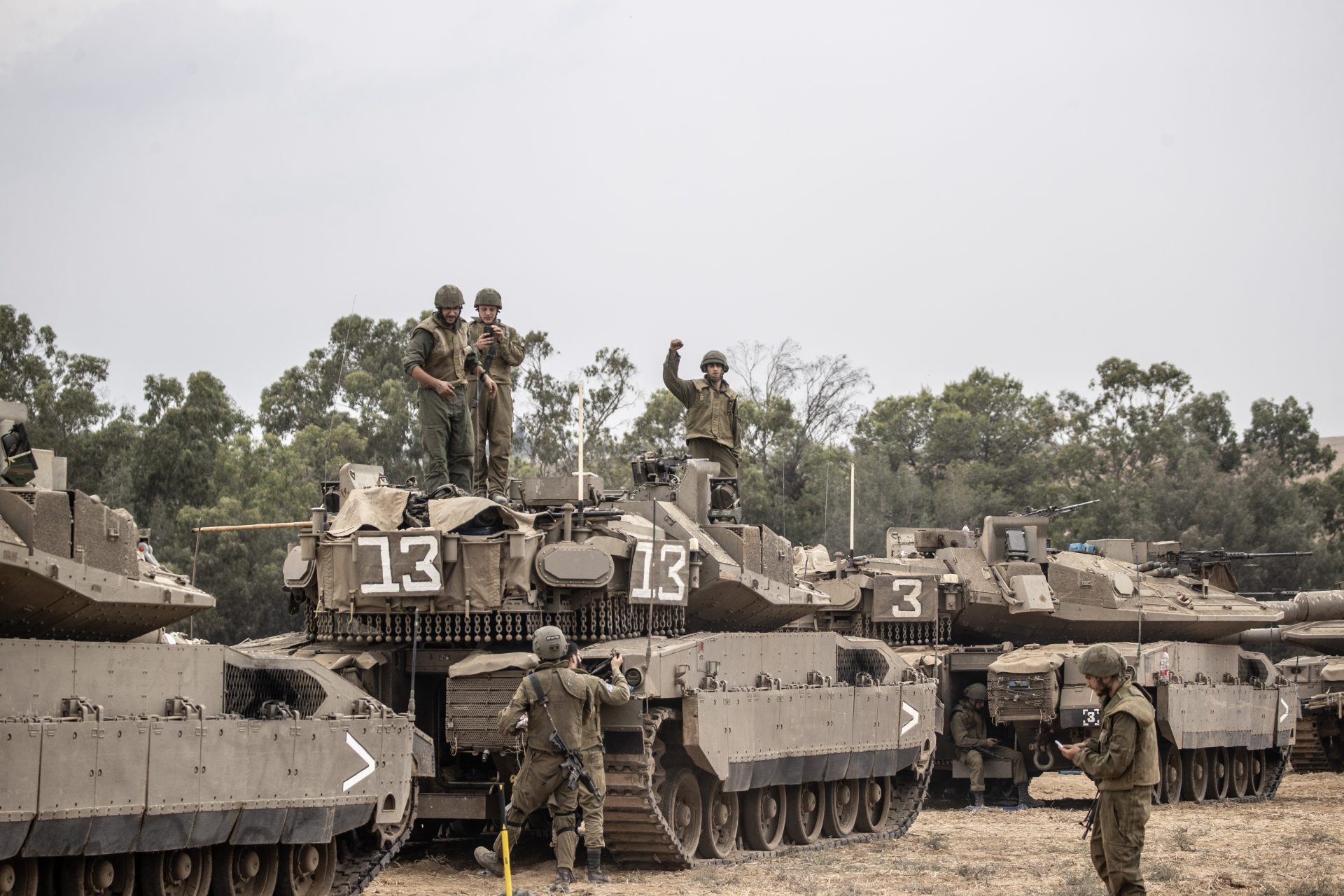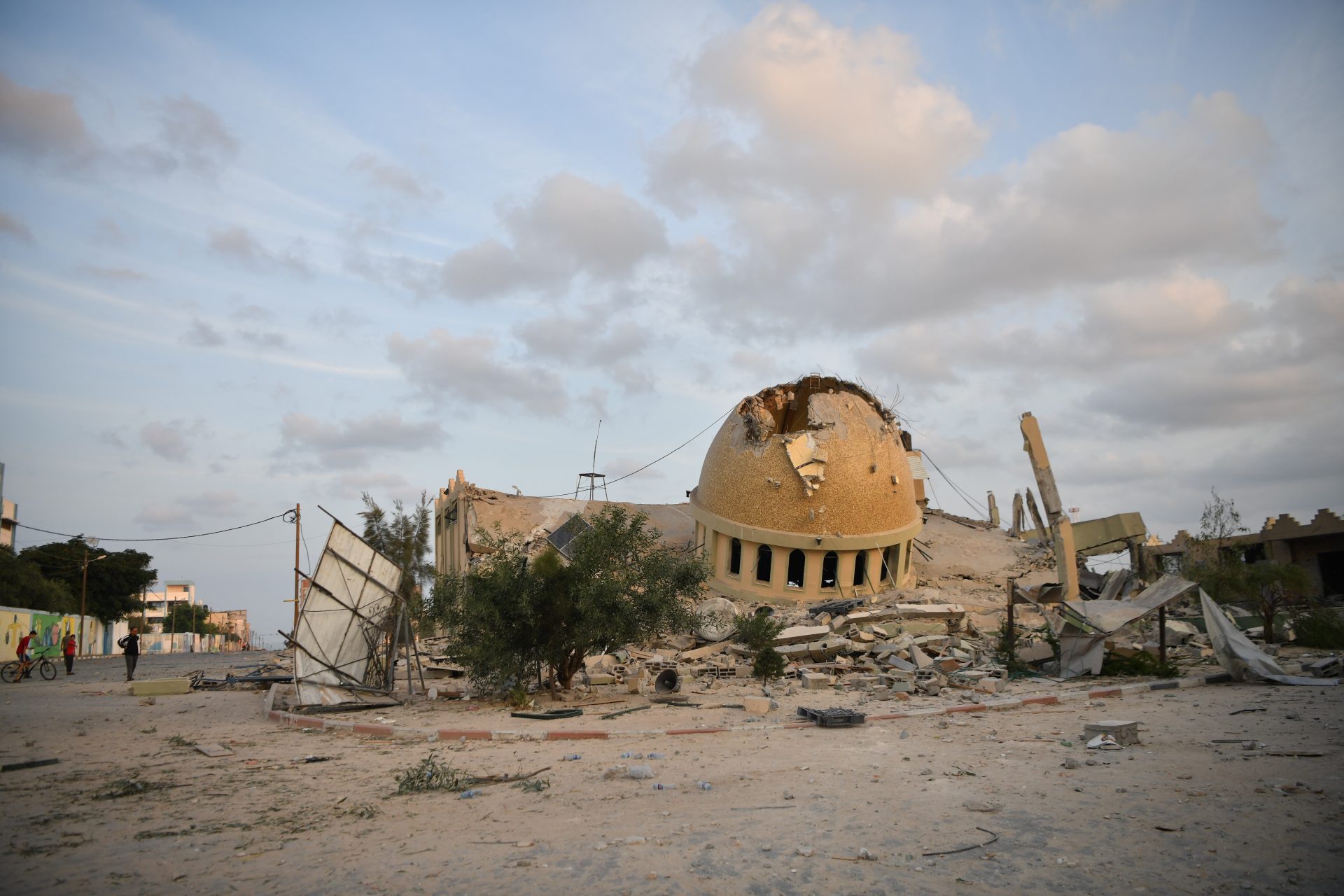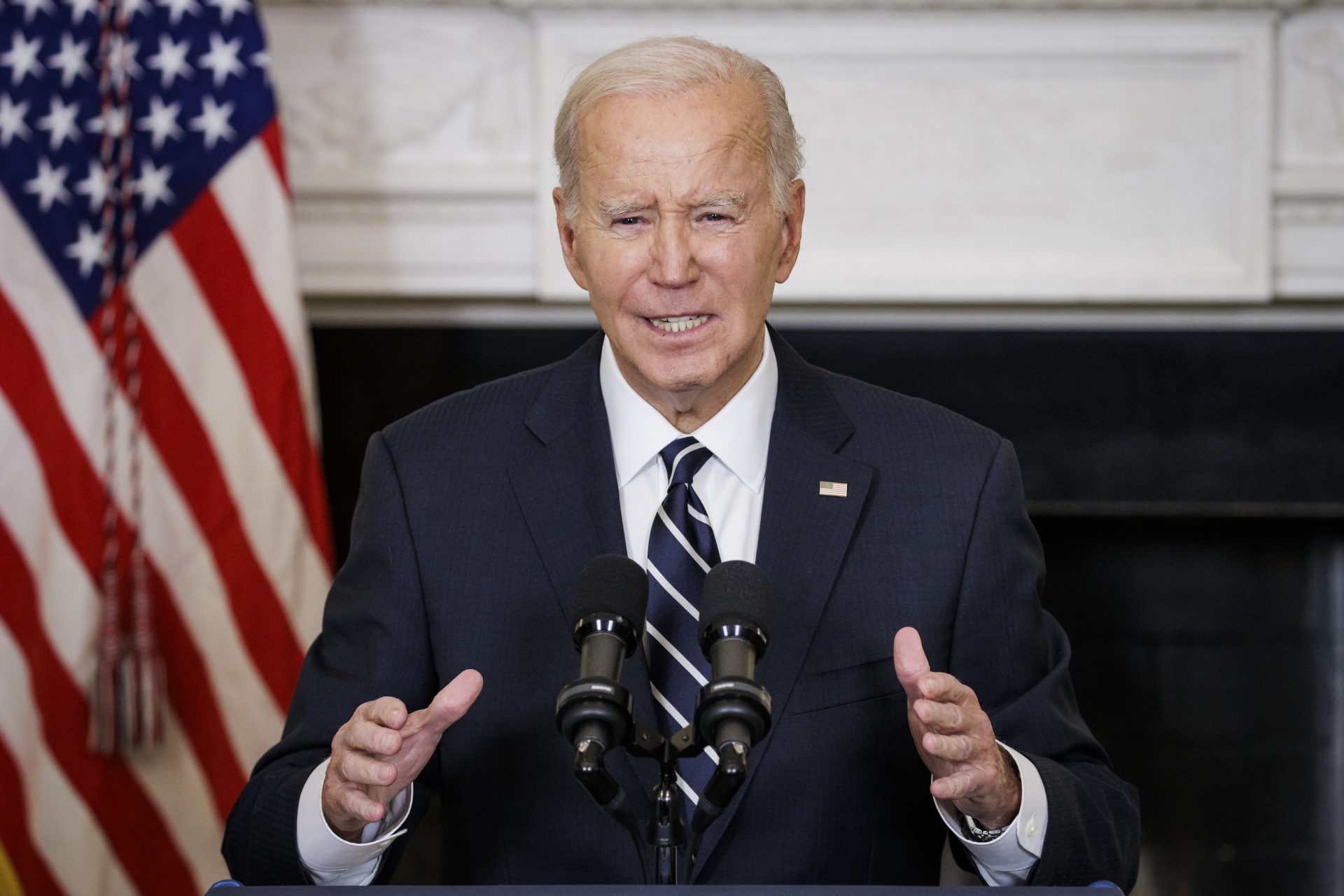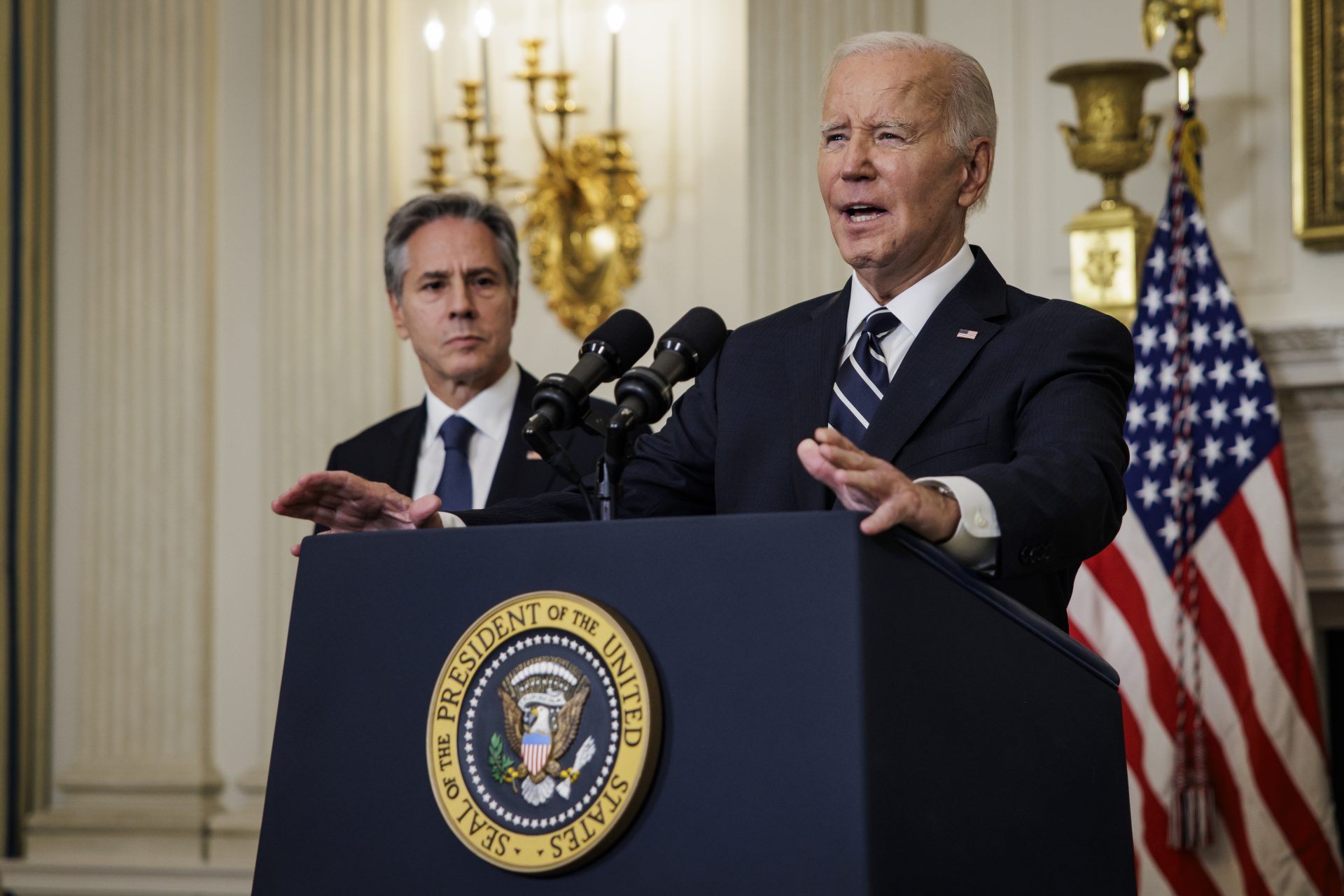This is how Biden is responding to the crisis in Israel
The world has been shocked by the events unfolding in Israel and the United States has already been at the forefront of nations providing assistance to Israel’s Defense Forces. Here’s what we know about Joe Biden’s response and what might happen next.
Biden spoke with Israeli Prime Minister Benjamin Netanyahu over the phone on October 8th, during which Biden told Netanyahu he would send more military assistance to Israel in addition to what was already on the way according to a White House statement.
"The President emphasized that there is no justification whatsoever for terrorism, and all countries must stand united in the face of such brutal atrocities," the White House statement explained before adding that the two leaders would remain in close contact over the coming days.
American aid promises matter because Israel’s Defense Forces are preparing to launch a broad offense against Hamas for its unprecedented invasion of Israel. Netanyahu has declared war on Hamas but has yet to commit to an invasion of Gaza.
However, Axios reporter Barak Ravid wrote that Israel’s request for more aid may signal just how much firepower the Israeli Defense Forces are planning to use in the upcoming operations against Hamas and the Gaza Strip.
Secretary of Defense Lloyd Austin noted in a recent statement that he has taken several steps at the behest of the President in order to strengthen the American presence in the region and to act as a deterrent against a wider conflict.
Austin’s steps included directing the USS Gerald Ford Carrier Strike Force Group to the Eastern Mediterranean and the augmentation of several U.S. Air Force F-35, F-16, and A-1 fighter aircraft squadrons in the region.
CBS News reported that the USS Gerald Ford Carrier Strike Force Group was stationed in the Western Mediterranean when it received its orders to move east, which means it would need to travel over 1000 miles depending on its previous location.
The United States Government has also provided the Israeli Defense Forces with additional equipment and resources according to Austin’s remarks, which included more munitions but there were no specifics given by the defense secretary.
“Strengthening our joint force posture, in addition to the material support that we will rapidly provide to Israel, underscores the United States' ironclad support for the Israel Defense Forces and the Israeli people,” Austin explained in his statement.
“My team and I will continue to be in close contact with our Israeli counterparts to ensure they have what they need to protect their citizens and defend themselves against these heinous terrorist attacks,” the defense secretary continued.
Axios reported that Israel’s Ministry of Defense provided the Pentagon with a list of munitions it required, some of which included munitions for fighter jets. Interestingly, this new security package being put together for Israel does not require approval from Congress according to the news agency. However, it should be noted that future aid packages will require Congressional approval.
The United States already had six pre-positioned stockpiles of ammunition and arms in Israel according to military sources quoted by the New York Times. These caches are meant to be used in military emergencies like the one Israel now faces.
The stockpiles amount to roughly $2 billion dollars in materials but both Israel and the United States have to sign off on their use before they can be put into action. Officials in the U.S. government have refused to comment on the status of the stockpiles and whether or not they're being tapped to assist Israel.
It is unlikely that the United States will deploy its ground forces to support Israel, nor will the world see American airstrikes on terrorist targets in Gaza. However, Biden has promised “rock solid and unwavering support” in remarks he made on October 7th, The Hill reported.
“We will not ever fail to have their back. We’ll make sure that they have the help their citizens need and they can continue to defend themselves,” Biden said. “Israel has the right to defend itself and its people. Full stop. There is never a justification for terrorist attacks.”
The next phase of the war will likely see an Israeli Defense Forces invasion of Gaza according to ABC News national defense and security analyst Mick Mulroy, who said the invasion would aim to kill or capture militants and destroy their weapons caches.
More for you
Top Stories



